Throughout much of the southwestern United States, pecan trees flourish. A tough and hardy tree, pecan trees can live and produce nuts for as long as 300 years. Pecan trees enhance the environment and can provide additional income from the sale of the nuts.
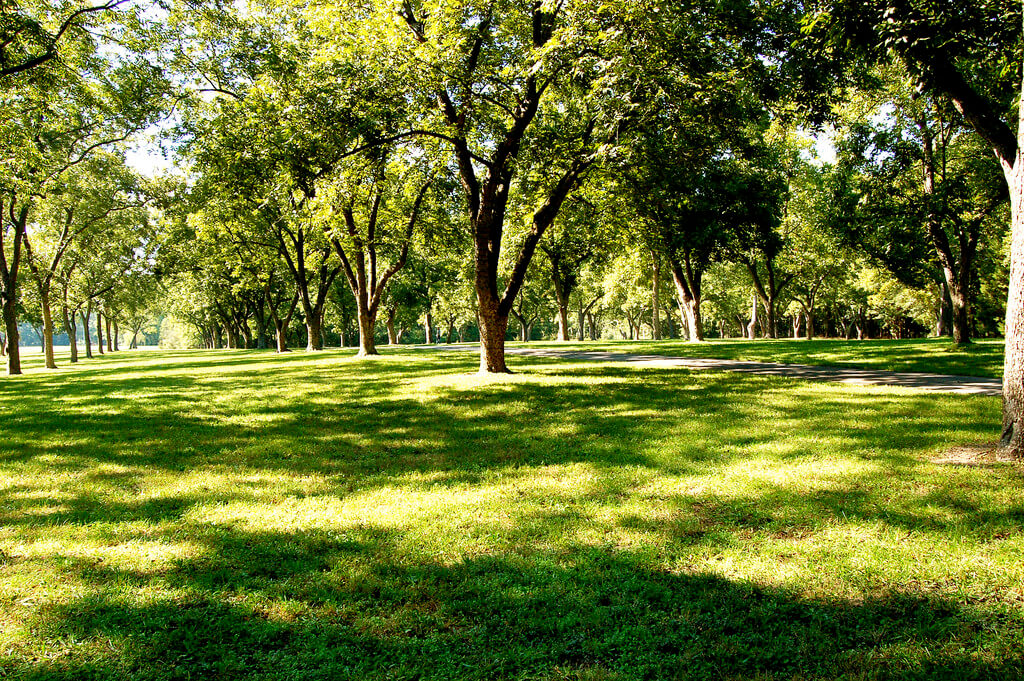
If you have purchased a property blessed with pecan trees, either native or an established orchard, you are faced with the task of managing and monetizing your pecan grove. Even one healthy, mature pecan tree adds value to the home landscape, with a well-managed native pecan grove providing an abundance of nutritionally-rich, flavorful and crunchy pecans year after year. Pecans trees also provide shade, privacy and a source of food and shelter for birds and other wildlife.
Pruning Pecans
If you are reclaiming and bringing back beauty and new growth to a native pecan grove, prudent pruning and clearing are required. No matter if you are cultivating trees for nut production or timber harvest, standing trees should be thinned to a maximum of 25-to-30 trees per acre: crowding leads to misshapen trees and decreased nut production.
The largest member of the hickory family, pecan trees need room to grow. A sizeable tree, pecan trees reach a mature height of up to 50-to-60 feet tall with a spread of up to 40 feet at maturity.
Pecan trees have a tendency to be somewhat brittle. When loaded with the nuts the weight can cause branches to break under the weight of the harvest. It is prudent not to build a home or other homestead structures under pecan trees where branches may fall and cause damage.
Thinning trees reduces wind damage, and discourages the spread of disease. Prudent management of a pecan orchard requires removing of underbrush and dead or decaying pecan trees. Remove multi-trunked pecan trees or trees subject to scab disease.
An ideally-thinned pecan grove allows approximately 50 percent of sunlight to reach the floor of the grove at noon on sunny mid-summer days. If pecan trees are already established, in bunches or grouping, they will thrive that way as long as they receive an abundance of sunshine around the exterior of the grouping.
Savvy management of pecan trees requires continues pruning to maintain the structural integrity of the tree. After drastic pruning, pecans trees require three to five years to exhibit the best production as they develop new lateral branches and fill in areas affected by a vigorous pruning.
Seek The Advice Of A Professional Arborist
If you have a substantial amount of trees, you will likely want to engage the services of a professional landscape service with extensive experience in pecan crop management. A professional pecan buyer and harvest company can provide the necessary heavy equipment and manpower to safely and efficiently accomplish the task.
Typically a commercial pecan buyer will evaluate the quality of your crop, agree to the conditions of the harvest and pay you a pre-agreed amount per pound for the crop. Following a commercial harvest, gleaning the landscape will provide plenty of pecans to store for winter enjoyment and to share with family and friends.
Value Of Pecan Wood
When clearing and pruning a pecan grove, save the wood. Dried and aged pecan wood is highly sought by woodworkers, artisans, and craftsmen. From furniture to flooring, pecan wood is a gloriously colored and fine-grained hardwood of exceptional beauty.
Pecan wood chips are also a valuable commodity: ideal for use in meat and fish smokers. If you are clearing an old native pecan grove to ready a building site, consult a specialty wood buyer or lumber company to obtain a bid on a purchase of the timber harvest.
Care And Cultivation
Pecan trees thrive with plenty of water. If rainfall is inadequate, or where the soil is lighter and relatively dry, pecan trees require supplemental watering. Pecan trees grow best in well-drained, nutrient-rich sandy loam soil. Pecans can, however, grow in most types of soil as long as the soil is not soggy.
The best ground cover for an orchard is a cool-weather species that doesn’t compete with trees for nutrients, water, or require constant mowing. An under crop of culinary thyme or mint adds a delightful fragrance to the landscape, attracting bees and butterflies to encourage pecan tree pollination. Groundcover such as crown vetch or clover can be planted to add nitrogen to the soil.
To encourage vigorous growth and abundant nut production, pecan trees require fertilization. To determine nutrient need, take a small branch, with leaves attached, to your local county extension office for analysis. A leaf sample will determine if the soil requires supplementation with potassium, phosphorous, zinc, nickel, or manganese to be its most lush and productive.
If pecan tree pests such as casebearer, hickory shuck worm, pecan weevil or stink bugs invade your landscape, an air-blast sprayer is required. If you plan to manage your pecan trees yourself, this is an important multi-purpose tool to add to your home maintenance tool shed.
The most important management tip to keep in mind is early harvest and deliberate control of wildlife depredation.
Pecan Trees: Further Reading And Resources
The Pros and Cons Of Backyard Pecan Production, The Samuel Roberts Noble Foundation.
Grow Your Own Pecans, The New Orleans Times-Picayune.
Pecan Trees For The Home Or Backyard Orchard, University of Georgia Agricultural Extension
Cultivation Of Pecans, South African National Department of Agriculture.
Growing Pecan Trees In Missouri, University of Missouri Agricultural Extension.
Growing Pecans In North Carolina, North Carolina State University Agricultural Extension.
A passionate writer for more than 30 years, Marlene Affeld writes of her love of nature and all things natural.

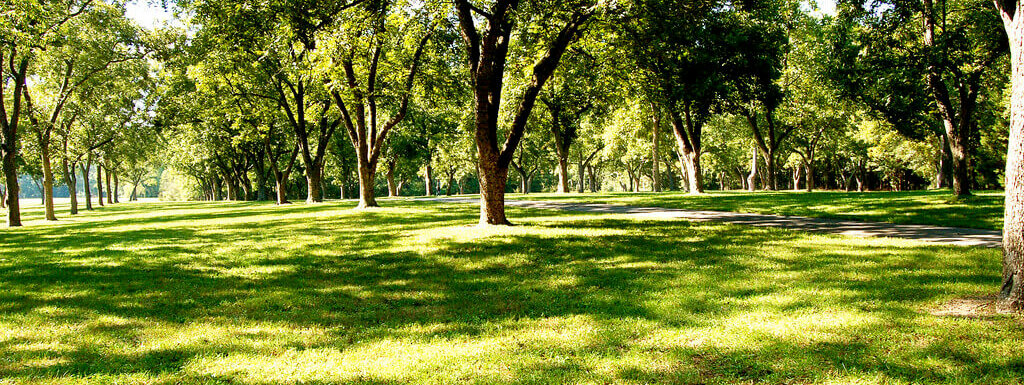



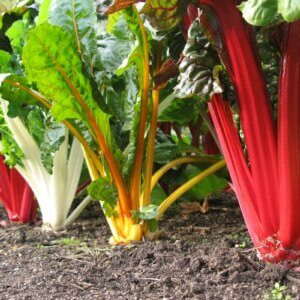

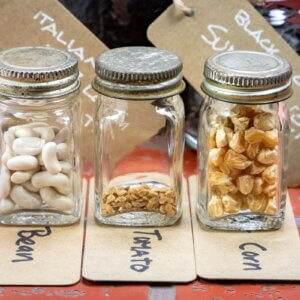








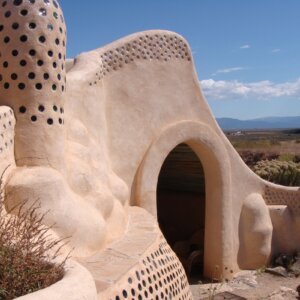

























Leave a Reply